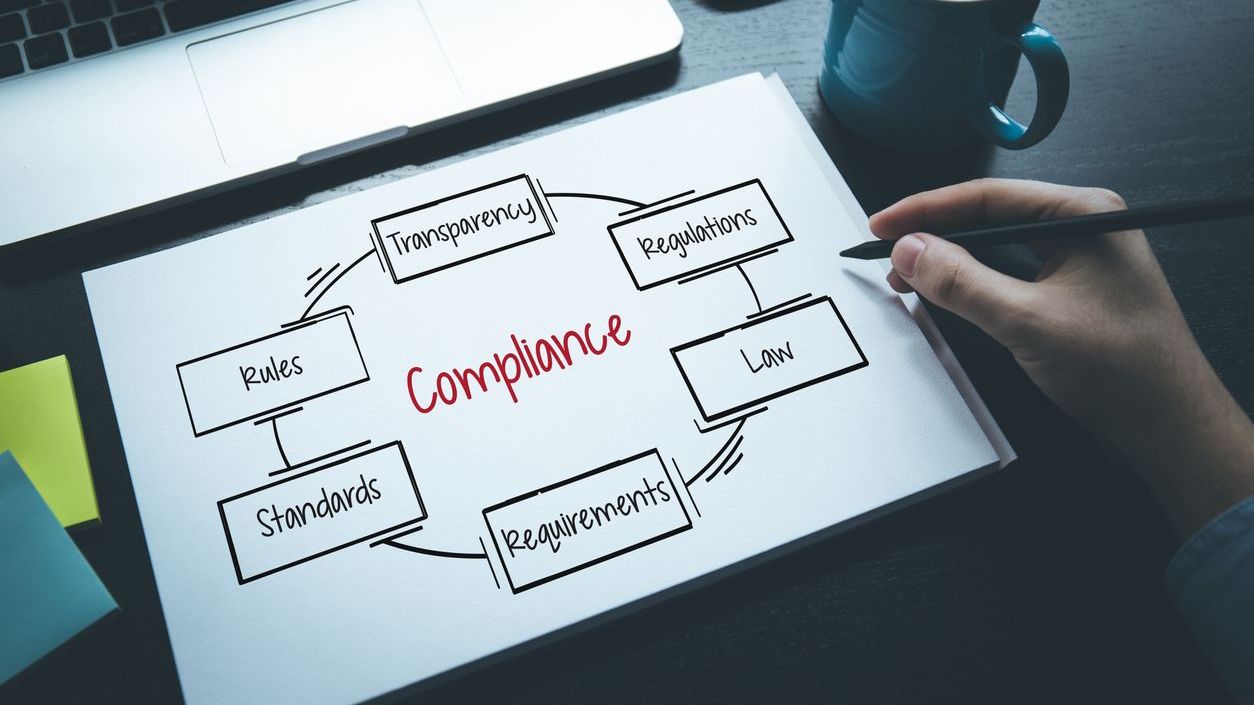Editor’s note: This is the second part of a series of articles diving into why it’s important for MSPs to understand their audience when creating content. Read Part 1 here.
Understanding your audience influences everything else in your social media strategy.
It determines the tone of your content, the timing of your posts, the platforms you prioritize, and even the features you highlight in your product demos. It’s the domino that causes all other dominoes to fall in perfect alignment.
Let’s be clear, this isn’t about manipulation; it’s about connection. It’s about understanding people so well that your content feels less like marketing and more like helping. That is the ultimate goal.
Below are a series of action items that can help you determine who your audience is and truly make an impact on them.
No. 1 Customer Interviews
- Conduct In-depth Interviews: Schedule one-on-one conversations with existing customers to understand their experiences, pain points, and the benefits they seek.
- Implement Regular Feedback Calls: Establish a routine of periodic calls to gather ongoing feedback and learn how customer needs evolve over time.
No. 2 Surveys and Questionnaires
- Distribute Targeted Surveys: Use online tools to send out surveys that explore specific aspects of your customers’ professional lives and their industry challenges.

Scott Danish
- Pulse Surveys: Conduct short, frequent surveys to keep a regular check on customer sentiments and trends.
No. 3 User Behavior Analysis
- Use Analytics Tools: Deploy tools like Google Analytics, Hotjar, or Mixpanel to track how users interact with your website and products.
- Heat Maps and Session Recordings: Analyze where users click, scroll, and spend time on your digital platforms to understand what catches their interest.
No. 4 Social Media Listening
- Monitor Social Conversations: Use social listening tools to track mentions, hashtags, and discussions related to your brand and industry across social platforms.
- Engage in Industry Forums and Groups: Participate in relevant LinkedIn groups or industry forums to gather insights directly from the discussions happening in your target market.
No. 5 Persona Development
- Create Detailed Buyer Personas: Compile the data collected from various sources into detailed personas that represent your typical customers.
- Regularly Update Personas: Ensure that personas are updated regularly to reflect any changes in customer behavior or market conditions.
No. 6 Competitive Analysis
- Study Competitor Audiences: Look at your competitors’ marketing efforts to understand whom they are targeting and how their audiences respond.
- Benchmark: Compare your audience’s behavior and preferences with industry standards to identify unique opportunities or underserved areas.
No. 7 Data Mining
- Customer Data Segmentation: Mine your customer data to find patterns and common characteristics among different user groups.
- Predictive Analytics: Use models to anticipate customer behaviors, preferences, and potential future needs based on existing data.
No. 8 A/B Testing
- Test Marketing Messages: Run A/B tests on your marketing messages across emails, landing pages, and ads to see what resonates best with your audience.
- Experiment with Content Formats: Test several types of content (videos, blogs, infographics) to see what is most effective in engaging your audience.
No. 9 Customer Journey Mapping
- Map the Customer Journey: Outline your customers’ path from awareness to decision, noting all touchpoints and opportunities for engagement.
- Identify Pain Points: Use the journey map to find stages where customers experience difficulties or drop-offs.
No. 10 Workshop and Focus Groups
- Organize Focus Groups: Bring together small groups of target customers to discuss specific topics, test ideas, or get feedback on prototypes.
- Host Customer Workshops: Involve clients in gatherings to co-create solutions or improve existing products.
No. 11 Ethnographic Research
- Field Studies: If feasible, observe customers in their natural working environment to get insights into their daily workflows and challenges.
- Day-in-the-life Research: Conduct studies to understand a typical day for your customers, which can provide deep insights into when and how they might use your solutions.
Deeper Insights
Together, these activities can help you understand your audience. They also can offer deep insights into their decision-making processes, preferences, and pain points, empowering you to tailor your marketing strategies effectively.
Scott Danish is CEO of BayCreative, an award-winning San Francisco-based creative/branding/marketing agency for B2B high-tech clientele. Download the company’s complete list of customer story interview questions, developed by creative and messaging experts at BayCreative. For more support, set up a meeting with Danish.
Image: iStock














